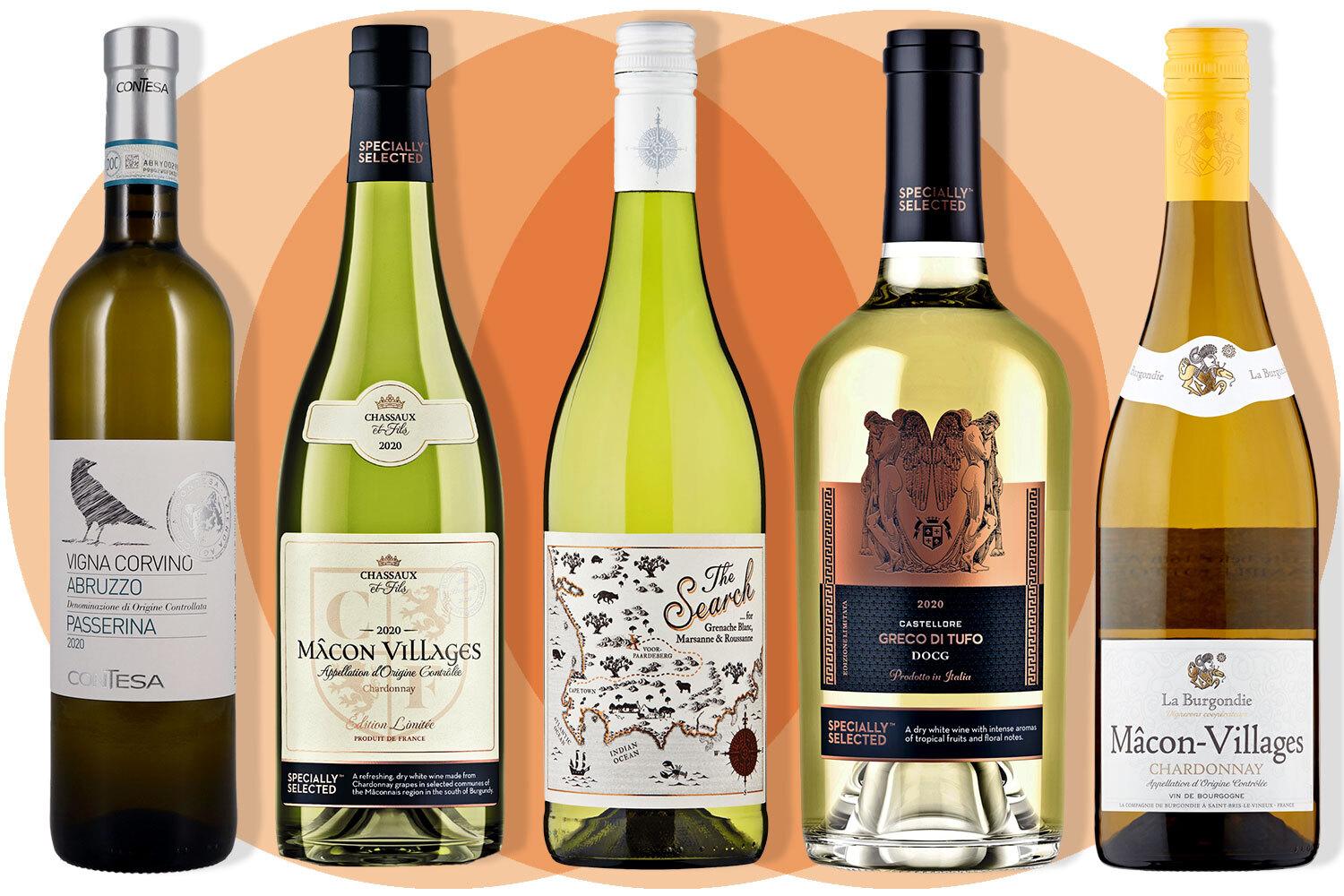
Chardonnay. The first thing that comes to mind when we say Chardonnay is an exquisite French white wine. It is made from the grape of the same name, to which it owes its delicate flavour and international recognition.
The French are no strangers to the craftsmanship and craftsmanship of wine. All these beverages produced in France have an unforgettable subtle taste and aroma. They are completely ecological and harmless to human health. White dry wine Chardonnay is no exception.
It is extracted from the vine of the same name, which has been cultivated in the south of France since Roman times. Its white, firm grapes are characterised by a delicate husk, beneath which is a sparkling juice rich in tannins and tannins.
The taste of Chardonnay is appreciated by connoisseurs the world over. It has delicate lemon notes that are organically intertwined with delicate, buttery aromatic nuances. There are several varieties of Chardonnay that differ in the degree of maturation and conditions of maturation. The first group is aged in oak barrels. Characteristic features are the presence of a nutty aroma and a hint of woody nutmeg. For the long ageing period special vessels are used which are placed in different temperature conditions. As a result of this brewing process, the Chardonnay wine acquires hints of tropical fruit and a higher oiliness. This makes it attractive on the palate and on the aroma.
The history of Chardonnay wine
The first historical mention of Chardonnay wine is recorded in the annals of the Roman Empire. The chronicler mentions a small village in Burgundy called Chardonnay. Translated, this means that the village was covered with thistles. From this place an excellent dry drink made from white grapes was shipped. The wine was named after the place where the grape variety grew.
A few years ago, a US university conducted a detailed genetic analysis which showed that the Chardonnay grape variety is not indigenous. It was selectively bred from other wild varieties of the plant. Among the most likely ancestors of the Chardonnay grape are Pinot Noir and Blanc Gué.
Its resistance to unfavourable growing conditions and diseases has enabled this grape variety to rapidly gain a foothold throughout the world. Today it is successfully cultivated in all parts of the world. But the conditions and climate leave their own mark on its taste. A Chardonnay wine from Spain can differ radically from a Chardonnay wine produced in Chablis or Burgundy.
On the Russian market there may be Chardonnay wines produced in Italy, Moldova and Abkhazia. Their organoleptic properties are far inferior to their French counterparts.
Chardonnay dry white wine production
The production cycle of Chardonnay dry white wine has a number of distinctive characteristics. It is virtually impossible to make a bad wine from this grape. But there are several problems that can arise if the raw material is harvested incorrectly. They are due to the fact that they ripen rather quickly, losing acidity. In this case, Chardonnay is too sweet and fortified. This is not allowed in dry table wines.
The warmer the climate in which the grapes grow, the more difficult it is to prepare them for the extraction process. Because of their high degree of extraction, the grapes wither quickly and become unsuitable for hop production. It is predominantly used as a base for the production of expensive quality wines. The average price of a Chardonnay wine in a standard bottle ranges from 2,500 to 4,000 roubles. Naturally, this is an authentic French wine that has been aged for at least five years.
Pairing of Chardonnay with food dishes
A dry white Chardonnay wine that goes well with chicken and fish dishes. But the pairing of this wine with Camembert cheese is no less original. In the tradition of authentic French cuisine, Chardonnay is a must with stewed and fried frogs’ legs. This is the combination that has been observed by true connoisseurs of French cuisine since ancient times.
In our conditions, a dry Chardonnay wine can accompany various fish salads and light appetizers based on white chicken and cheese. It does not go well with fatty mayonnaise. Therefore, light yoghurt is best used as a salad dressing.
You may also like:
